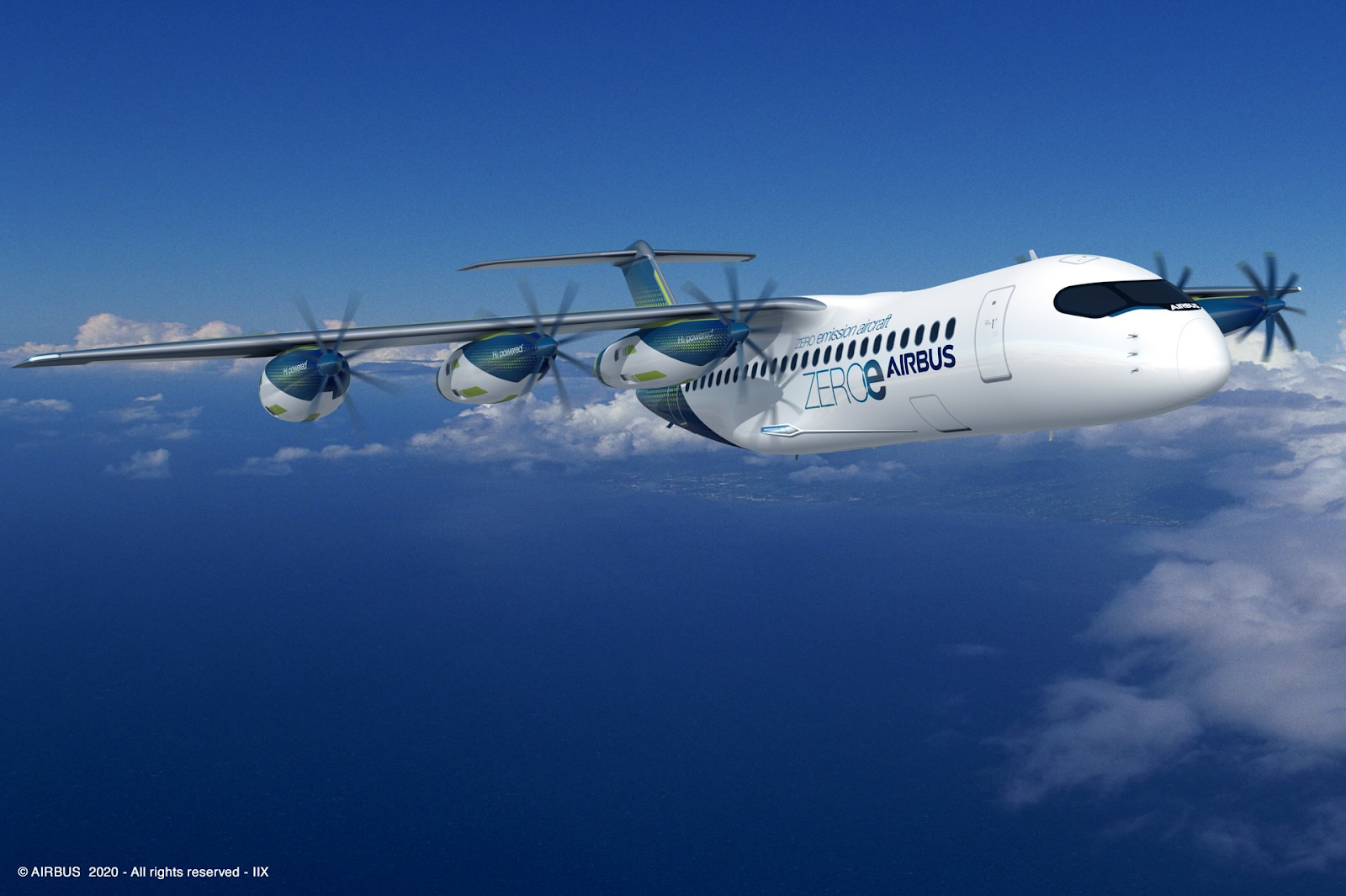Have you ever wondered when you look through the window of an aircraft about how the wings work? What they're made out of? What makes them suitable for providing a lift?
Aeroplane wings are made out of a specific type of aluminium, an alloy that offers a combination of lightness and strength comparable to steel that makes for easy flying. Wings are a critical part of aeroplanes because they are used for lifting, turning, landing, and controlling the aeroplane. Without wings, aeroplanes simply could not fly. For a plane or bird to fly, its wings must produce enough lift to equal its weight. Most wings used in flight are of a special shape – called aerofoils (or airfoils). This shape allows them to generate lift.
Newton’s third law of motion states that, for every action, there is an equal and opposite reaction. It is said that wings follow the same principle. Following the principles of this law, the wings are forced upwards because they are in a tilted position, pushing air downwards so the wings get pushed upwards. This is the angle of attack or the angle at which the wing meets the airflow.
It can be represented more like this - The action of the wing on the air is to force the air downwards while the reaction is the air pushing the wing upwards. A wing's edge must be sharp, and it must be aimed diagonally downwards to create lift.
The amount of lift depends on the speed of the air around the wing and the density of the air. To produce more lift, the object must speed up or increase the angle of attack of the wing which can be done by pushing the aircraft’s tail downwards. The angle of attack has a limit; if it is too large, the flow of air over the top of the wing would no longer be smooth and the lift suddenly decreases.




No comments:
Post a Comment